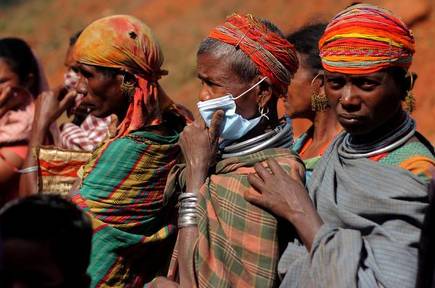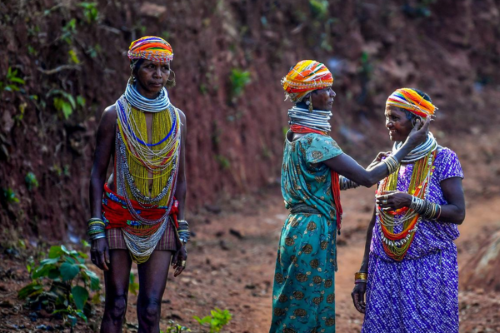India, a land known for its diverse cultures and rich tapestry of traditions, is also home to numerous indigenous communities. Among these, the Particularly Vulnerable Tribal Groups (PVTGs) stand out as unique entities requiring special attention and protection. This article explores the significance, challenges, and conservation efforts dedicated to these marginalized communities.
Defining Particularly Vulnerable Tribal Groups (PVTGs):
PVTGs are specific communities identified by the Government of India based on criteria that include pre-agricultural level of technology, low literacy rates, stagnant or declining population, and economic backwardness. Currently, there are over 70 PVTGs spread across various states, each with its distinct cultural identity, language, and way of life.

Cultural Richness and Heritage:
One of the defining features of PVTGs is their rich cultural heritage. These communities often have unique languages, rituals, and traditions that have been passed down through generations. Their lifestyles are intricately connected to nature, and they play a crucial role in preserving biodiversity and indigenous knowledge.
Challenges Faced by PVTGs:
Despite their cultural significance, PVTGs face numerous challenges that threaten their existence. Encroachment on their traditional lands, exploitation, displacement, and lack of access to education and healthcare are among the primary concerns. The impact of modernization and external influences can erode their traditional way of life and put their cultural identity at risk.
Government Initiatives for Protection:
Recognizing the vulnerabilities faced by these tribal groups, the Government of India has implemented various schemes and programs aimed at their protection and development. The Forest Rights Act (2006) and the PVTG-specific sub-plan are notable initiatives. These efforts focus on securing land rights, improving educational facilities, and promoting sustainable development while respecting the cultural integrity of these communities.
Conservation and Sustainable Practices:
Efforts to conserve PVTGs go beyond legal frameworks. NGOs, researchers, and activists are actively involved in projects that promote sustainable practices, healthcare, and education tailored to the unique needs of these groups. Empowering PVTGs to participate in decision-making processes regarding their lands and resources is fundamental to ensuring their well-being.
Preserving the Uniqueness of PVTGs:
Preserving PVTGs is not just about safeguarding a group of people; it’s about preserving the cultural diversity that enriches the fabric of our nation. It requires a delicate balance between modernization and the preservation of age-old traditions. Education, awareness, and inclusive development are key components of ensuring that PVTGs thrive while maintaining their distinctive identities.
Conclusion:
Particularly Vulnerable Tribal Groups represent the cultural diversity and historical tapestry of India. As we navigate the path of progress, it is imperative to ensure that no community is left behind. Recognizing and addressing the challenges faced by PVTG is not only a moral imperative but also a means of enriching the collective heritage of our nation. Through concerted efforts, we can secure a future where PVTGs coexist with modern society while maintaining their cultural integrity.

Leave a comment